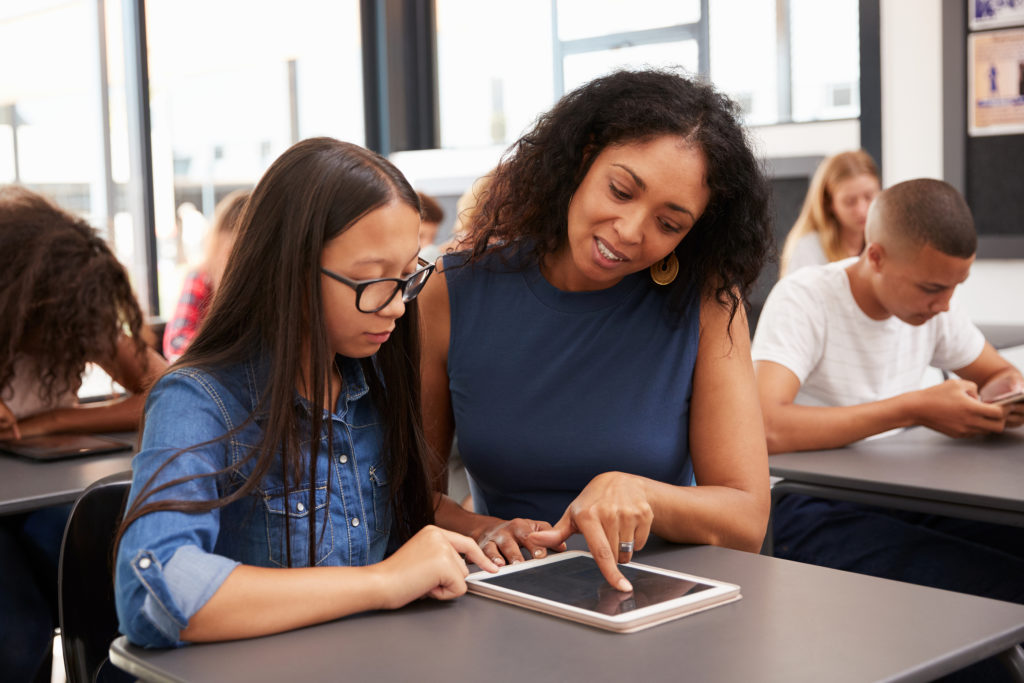Get More Girls and Students of Color Interested in STEM with Mentorship

With only 8% of Hispanic and 9% of Black adults working in science, technology, engineering, and math (STEM), people of color are vastly underrepresented in these fields, according to recent data from the Pew Research Center.
Women today are earning more college degrees than men. While they represent a majority of workers in health care, there are far fewer women in computer science, engineering, and physical sciences.
Part of the problem is that there aren’t enough women and people of color earning STEM degrees, according to the Pew Research Center findings.
Women college students in 2018 graduated with 53% of STEM degrees. However, 85% of women earned degrees in health-related fields compared to 19% in computer science and 22% in engineering.
Black students graduated with 7% of STEM bachelor’s degrees, while Hispanic graduates took home 12% in 2018, the most recent year the data was available.
Considering STEM jobs tend to pay much higher than other fields, the underrepresentation of women and minorities in STEM has a big impact.
One way to get more girls and minority students interested in STEM is to provide them with mentors who are like them. That’s why Candice Halbert, a scientist with Oak Ridge National Laboratory, started Youth Outreach in STEM, a Knoxville-based nonprofit.
The nonprofit provides STEM programs and mentors for minority and female students who don’t usually get to see themselves represented in science and technology, according to local news station 10News.
“Representation matters,” Halbert told the news outlet. “That’s why those numbers look terrible. If you don’t see people doing those particular jobs, you don’t think you can do them.”
Mentorship and greater representation alone won’t be enough to boost diversity in STEM — organizations also need to make a greater effort to hire women and people of color. However, it’s definitely a big step in the right direction.
TryEngineering Together
Join TryEngineering Together, a STEM eMentor program (Co-created by IEEE and Cricket Media) for United States classrooms grades 3-8, offering sustained student support that is 100% virtual where each student is paired with a STEM professional to learn the real-life application of STEM through a full academic year correspondence.













